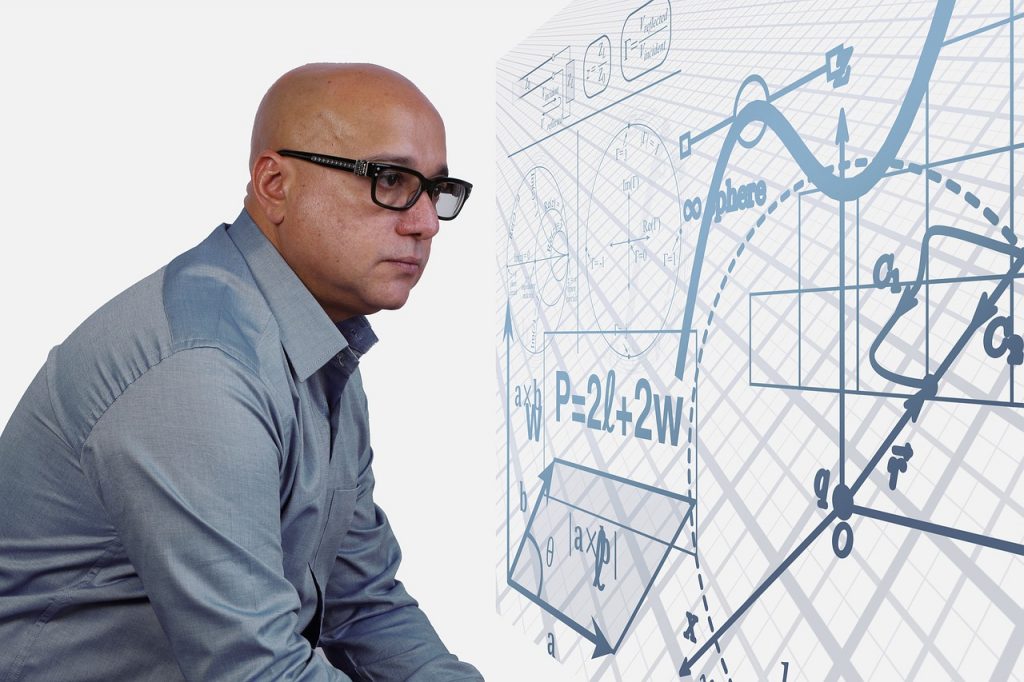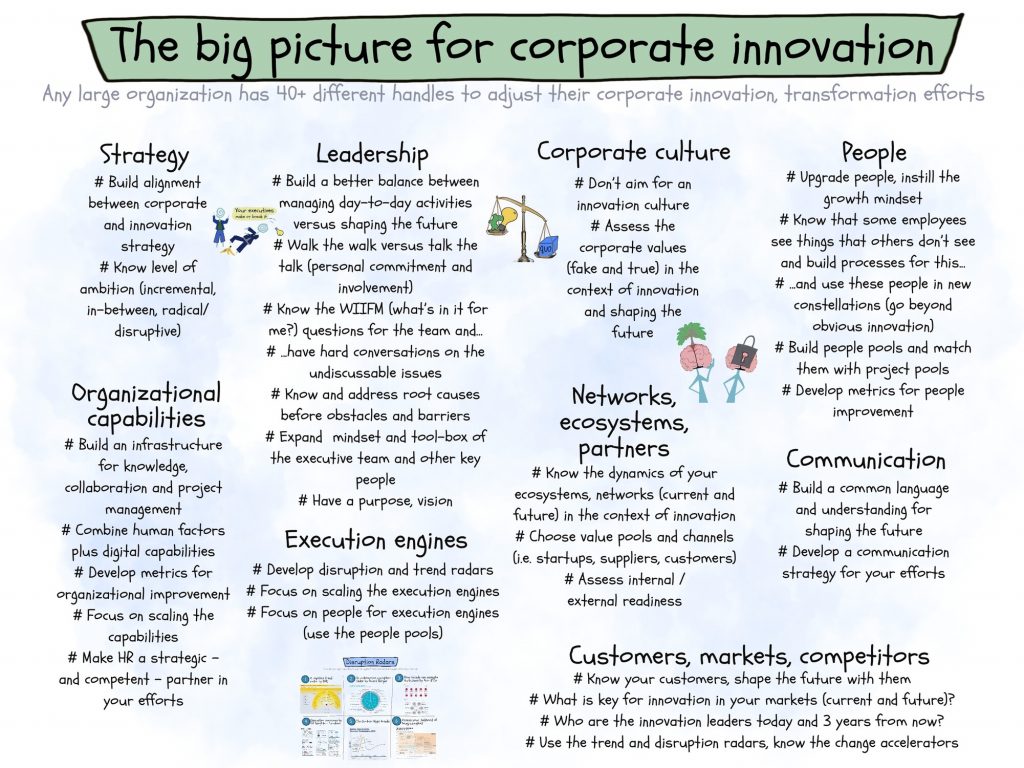
GUEST POST from Janet Sernack
In 2019 we experienced the shock and the pain that resulted from the globally disruptive global Covid 19 pandemic. To both survive and thrive in the new decade of uncertainty, many people still need help and guidance to connect to, understand and manage their anxieties, fears, inertia, and confusion about the future to effectively ride the waves of disruptive change. Yet, according to Johann Hari, in his best-selling book – Stolen Focus, all over the world, our focus and attention have been stolen, and our ability to pay attention is collapsing, and we need to be intentional in reclaiming it.
He describes the wide range of consequences this has on our lives, which are further impacted by pervasive and addicting technology we are being forced to use in our virtual world, exasperated by the pandemic and the need to work virtually, from home. He reveals how our dwindling attention spans predate the internet, and how its decline is accelerating at an alarming rate.
He suggests that if we want to get back our ability to focus, stop multitasking and practice paying attention. Also, if we want to kickstart change and help people feel confident in their readiness, competence, and capacity to change and innovate in a world of unknowns, it all starts with improving our ability to pay deep attention to what is really going on.
Yet, in the thesaurus there are 286 synonyms, antonyms, and words related to paying attention, such as: listen, and giving heed, so what might be the key first steps to take in reclaiming your focus and attention?
Power of focus and attention
- Energy flows where attention goes
Placing our focus and attention activates our energy, and our energy flows where our attention goes.
So, if you have been feeling tired and lethargic, or overwhelmed and burned out, then take a moment to consider how you might score yourself on an attentive-distractive continuum and consider how similar, or different you are to US college students who can now focus on one task for only 65 seconds, and where office workers on average manage only three minutes?
Involves getting clear upfront about what you want to achieve, by setting an intention to achieve a specific outcome or result in the future that is important to you. In a world of unknowns, paying deep attention and being intentional are the key foundations for recovery, rebalance, and transformation.
Limiting ways of seeing, being, and acting in the world
Many people are still experiencing unconscious intrinsic, or reactive responses to their pandemic-induced work situations and are suffering from stress overload, overwhelm, and burnout.
This is because our autonomic nervous systems, which control our cardiovascular, respiratory, digestive, urinary, and reproductive functions, and responses to stress, operate outside of our conscious control in two different and co-dependent and often competing systems.
- Parasympathetic fight or flight system
Put very simply, our sympathetic nervous systems get overloaded by heightened stress levels, which ignite our protective fight or flight system, which normally allows our bodies to function under stress and danger, and, as a result, impacts significantly on our levels of tiredness, exhaustion, and burnt-out emotional, mental and physical states. This exasperates our inherent, unconscious needs to self-preserve (gut), feelings of isolation and loneliness (heat), and having the limited presence of mind (head) and reverts many of us into survival mode, and shift out of alignment, where we become physiologically incoherent (out of balance).
Which is not conducive to knowing and activating what we can truly, really, and actually influence and control in our lives, which requires us to effectively balance chaos with order.
When operating in survival mode, we are unable (like the US College students) to take the sacred pauses we need to make the space to attend and observe, through retreat, and reflection.
We are no longer able to access our inner knowing, play in the space of possibility, create a normalized state of equilibrium and calm, and be coherent and congruent in our daily lives.
Our overall capacity to set clear goals, make smart decisions, creatively solve problems, courageously take the right actions, harness our intuition, compassionately cultivate understanding and perception, develop good relationships, learn and develop, and finally, our health and well-being, are significantly reduced.
Initiate reclaiming focus and attention
Because we don’t know if companies will ever return to their pre-pandemic-like worlds, and become future-fit, people need to be reskilled in how to focus, how to observe, how to deeply focus and attend, and how to be intentional.
Developing daily habits to be focused and productive
- Being intentional about breathing
To help balance and initiate harmonizing our autonomic nervous systems, develop physiological coherence, to respond optimally to the world, starts with developing focus and attention on your breath.
Doing this helps your neurology to relax, reduce stress and anxiety, increase calmness, and reconnect to the self.
Sounds simple, yet in my global coaching practice, clients would often turn up feeling overwhelmed and incoherent, so we would begin the session with a “box breathing” exercise. This involves breathing while you slowly count to four for a total of four times – four counts of breathing in, four counts of holding your breath, four counts of exhaling, and four more counts of holding after your exhale. We could both be grounded, and coherent, to partner and connect in high-impact and productive sessions.
- Being intentional in stepping away from your screens
According to one 2019 survey of 1,057 U.S. office workers, 87 percent of professionals spend most of their workday staring at screens: an average of seven hours a day. Closing your laptop and taking a quick walk outside, in nature allows your brain to recharge for your next task, and enables your autonomic nervous system to take a well-deserved break and calm down.
Sounds simple, yet in my global coaching practice, clients found this very difficult to do, this might involve no TV screens in bedrooms, leaving phones outside bedrooms, turning phones off at 8.00 pm, buying an alarm clock, setting and sticking to a dedicated start and finish work times, taking regular lunch breaks outside in nature and coffee breaks with friends. Be playful and allow your mind to enjoy wandering into wondering.
- Working in focused intervals
A recent article in Inc stated that – “In addition to the seven or eight hours of adequate sleep that so many entrepreneurs and CEOs neglect, taking smart breaks during your workday, and having longer periods of downtime are keys to being more productive”.
Sounds simple, again in my global coaching practice I had to negotiate with clients to be intentionally disciplined and methodical in planning their days, weeks, and months. This involved scheduling time to initiate or sustain a mindfulness or meditation practice, engage in a regular exercise program, go shopping to buy and eat healthy foods (eliminating desk-side snacks), being clear on key deliverables and breaking down key tasks into bite-size bits, and saying no to meetings that don’t contribute towards achieving these.
When we change the way we attend, a different world can come forth, for ourselves, others we are interacting with, and the environment we are operating within. When we know how to really, truly, and deeply attend, and observe, we can go to our place of deeper knowing, rethink and then act swiftly and inflow to effect the transformational breakthroughs that change the world as we know it.
Find out more about our work at ImagineNation™
Find out about our collective, learning products and tools, including The Coach for Innovators, Leaders, and Teams Certified Program, presented by Janet Sernack, is a collaborative, intimate, and deeply personalized innovation coaching and learning program, supported by a global group of peers over 9-weeks, which can be customized as a bespoke corporate learning program.
Image Credit: Pixabay
 Sign up here to join 17,000+ leaders getting Human-Centered Change & Innovation Weekly delivered to their inbox every week.
Sign up here to join 17,000+ leaders getting Human-Centered Change & Innovation Weekly delivered to their inbox every week.
 Drum roll please…
Drum roll please…![]() Sign up here to get Human-Centered Change & Innovation Weekly delivered to your inbox every week.
Sign up here to get Human-Centered Change & Innovation Weekly delivered to your inbox every week.


